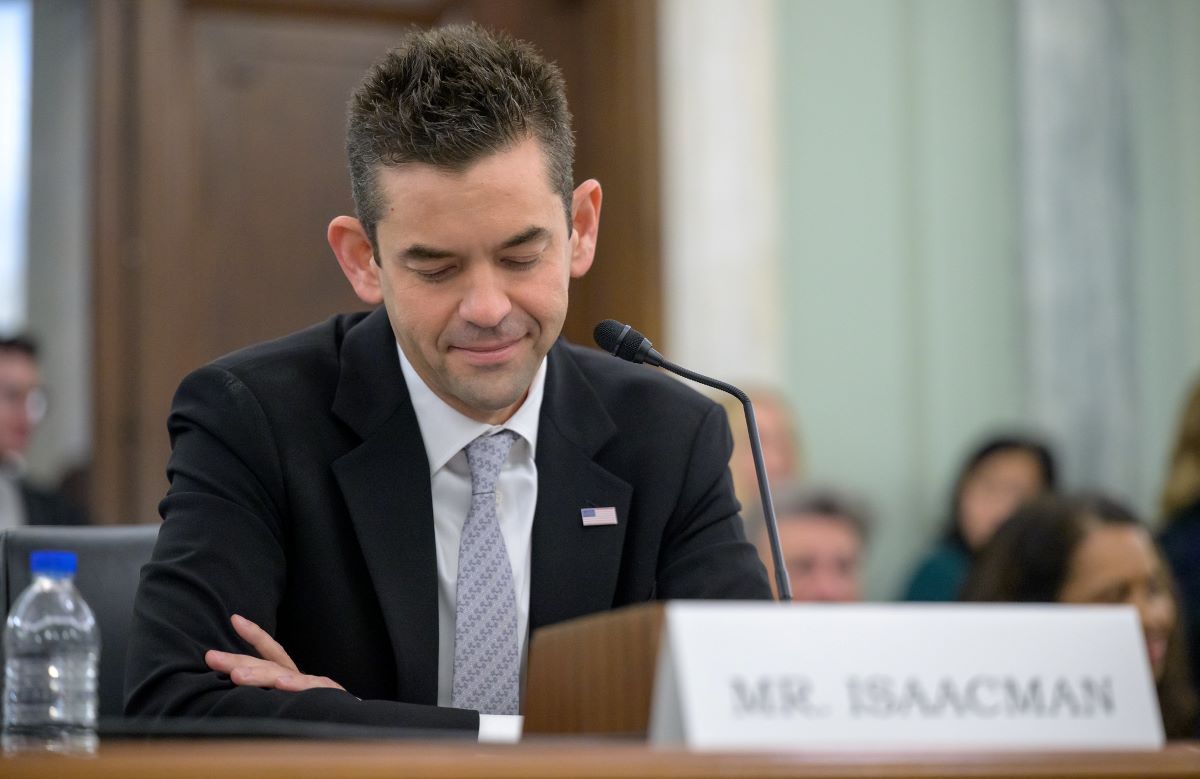It's hard enough to build rail transit in the United States, and once a transit line gets built, that's still only half the battle.
Almost as important as securing the infrastructure itself is ensuring that nearby development will maximize the public's investment, say Katlin Jackson and Julia Levitt at The City Fix. Surround a station with parking and suburban-style development, and you're not going to get many riders. But too often in the United States, this is what we get, as political expediency trumps good policy and NIMBYs opposed to denser, more walkable development rule the day.
Jackson and Levitt contrast examples of development that follows transit expansion in the U.S. to the impressive "development-oriented transit" model used in Hong Kong:
The strategic error of conventional TOD is that the business model often completely neglects the importance of creating a built-in, long-term customer base for the taxpayers’ massive capital investment. Instead, project sponsors often cave to the pressure of a small minority of vocal individuals, rather than looking out for the good of the transit ballot community and the economy at large. The result of this surprisingly short-term focus for such massive, long-term public investments is an unrecoverable, lost economic opportunity. Communities spending billions of dollars in new rail investments are left with few ways to finance the non-transit infrastructure required to make the necessary new density at transit nodes livable.
In Hong Kong, where station-area planning has dominated the development landscape for more than three decades, the region’s public agencies and developers face the opposite of the lost opportunity problem. Driven by a much different land ownership scheme, where government owns nearly all land and sells development rights to private companies on a land-lease basis, the dominant concept is not transit-oriented development but development-oriented transit.
The primary measures of project success used by the transit agency and local government are the amount of agency revenues, in both the short and long run, that are received from the overall development activity (transit infrastructure + private development) and the number of system customers that can be accommodated in the new station area with supporting housing, jobs and services. The end result in the urbanized areas of Hong Kong is often huge, multi-story station podiums filled with retail and services, coupled with large towers of residential and commercial uses.
Elsewhere on the Network today: Boston Biker reports that a neighborhood group that got bike lanes removed in Charlestown has been overruled after a popular show of support for the lanes, which will now be reinstalled. David Alpert at Greater Greater Washington points out the folly of a DC council member's push to keep parking cheap. And New Jersey Future reports that a light rail extension (and TOD!) is coming to Jersey City.
Quick note: The Streetsblog Network will be on hiatus next week, while I participate in the Knight Digital Media Center's News Entrepreneur Bootcamp in L.A. We'll be back the week of May 23.






